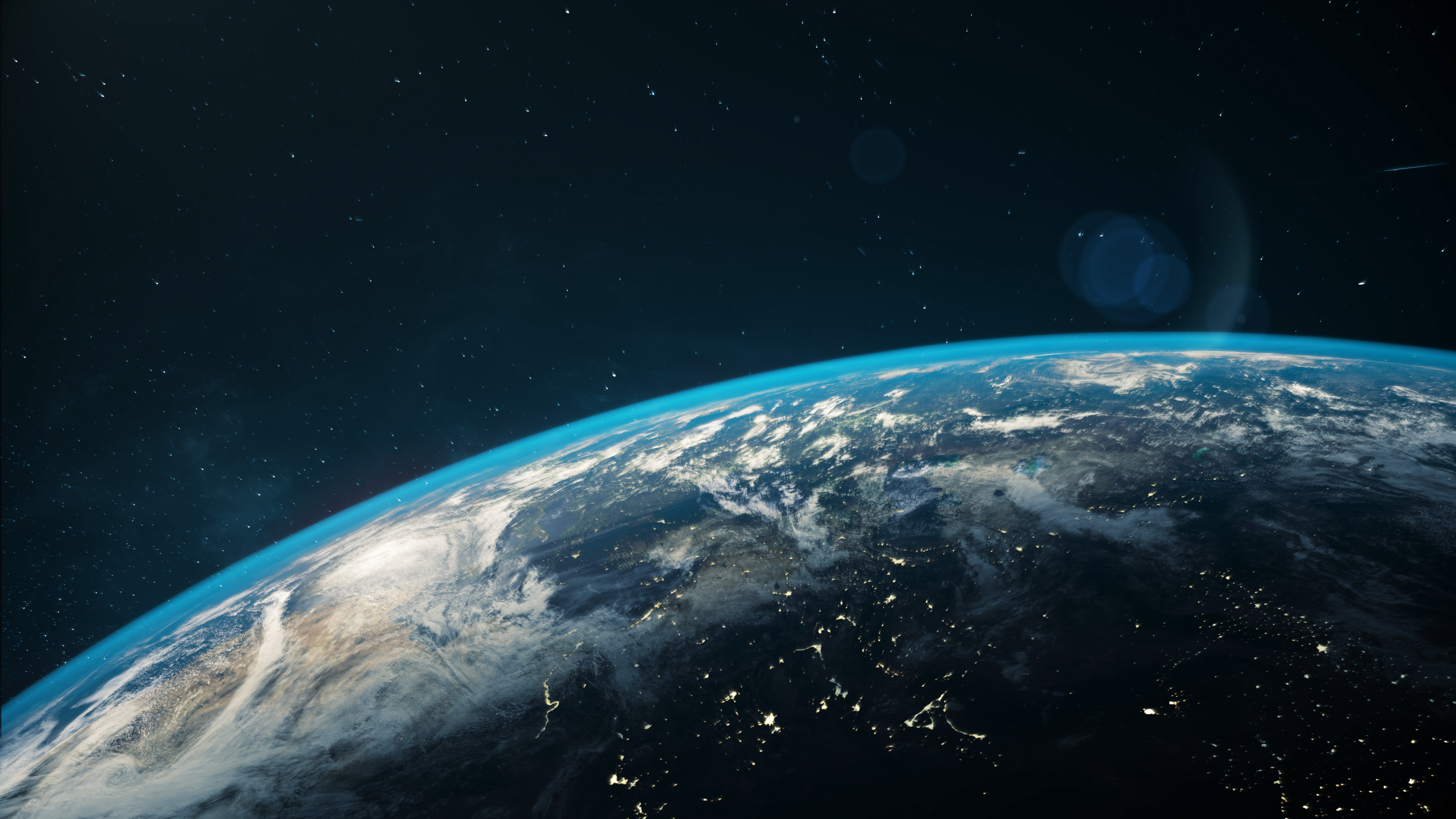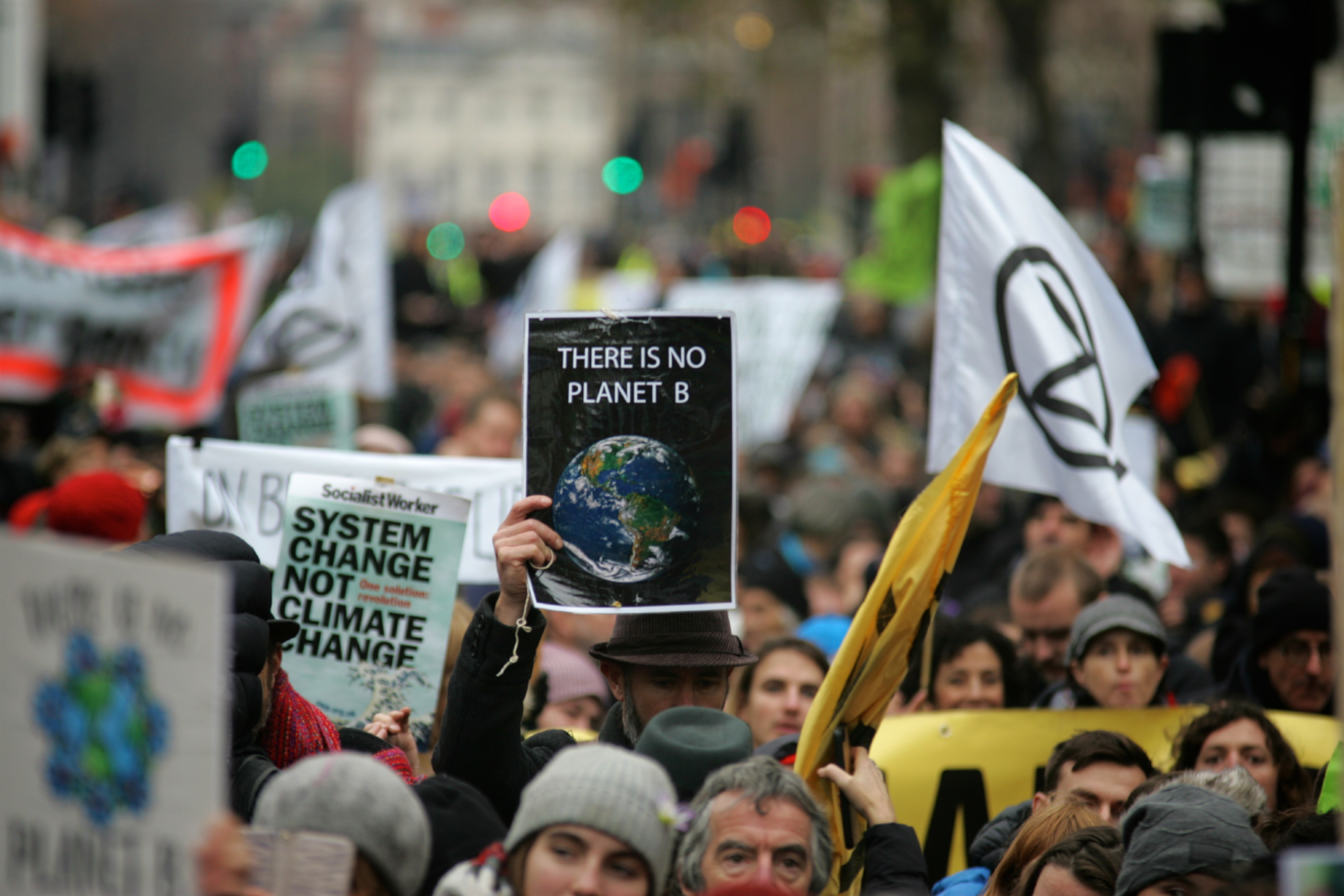The Earth's first revolution
There are three remarkable revolutions that made the Earth in which we could evolve as humans. The first is the origin of life. The second is the creation of oxygen in our atmosphere. The third is the makings of complex life forms and a second rise in oxygen to levels that can support creatures like us that are intelligent enough to reflect on this remarkable history from which we’ve evolved.
Life got started on this planet over three and a half billion years ago and it was immediately faced with a profound problem of trying to get hold of enough of all the elements it needed to build its bodies, because the supply from inside the Earth – from volcanoes and the like – of the materials that organisms use was pretty meagre. So, the first revolution was really a revolution of recycling, where the young biosphere learned how to recycle all the elements it needed to flourish, and to be productive and global in extent and influence.
Now, after that revolution, at least a billion years passed before one little lineage of bacteria solved an incredible puzzle of how to pull apart water molecules, to get hold of electrons and stick those electrons on molecules of carbon dioxide to reduce the carbon down to sugars, in what we know as photosynthesis. And that process spits out oxygen as a waste product.
How we got so complex
Around halfway through our planet’s history – about two and a half billion years ago – all the oxygen that was being made by cyanobacteria tipped our atmosphere into a state where oxygen became a chemically dominant gas, what we call an “oxidising atmosphere”. This set the scene for another billion years or so in which the first complex cells, which scientists call “eukaryotes”, could begin to flourish and begin to build more complex organisms. Even so, we regard that time as the Boring Billion because evolution went surprisingly slowly through Earth’s Middle Ages.
How animals came to inhabit the Earth
It took until around six or seven hundred million years ago before there was another tumultuous revolutionary change of our planet. We know that there was a profound destabilisation of the climate and what we call The Carbon Cycle: there were two snowball Earth events in which the planet completely froze over, and there was a second rise in oxygen in the atmosphere. All of this is somehow tied up with the origins of the first really complex multicellular life form.
These were the three pivotal revolutions in the Earth’s history that ended up creating the kind of world in which we could evolve because we have complex anatomy. It took another six hundred million years for humans to come onto the scene. We are the first conscious animal species to have a truly global influence on the climate.
The Gaia Hypothesis: Everything is interconnected
The remarkable thing about our planet and what we call the Earth system is how interconnected the living and the non-living things are at the surface of the Earth. We often say that life and its physical and chemical environment have co-evolved, the one affecting the other. Life has transformed the environment, and the environment has shaped life. However, I’m of the view that this goes much deeper, and that James Lovelock, who introduced the idea of the Gaia hypothesis, is right.
Lovelock’s proposition is that life is so intertwined in reshaping aspects of the surface of the Earth, it has completely transformed the composition of the atmosphere, has profoundly affected the climate and runs all the cycling of the elements it needs. What this amounts to is that there is no real separation between the living and the non-living. This is a whole system that he called Gaia.
Are we agents of transformation?
A really interesting question is whether humans could be the beginning of another revolutionary change of the Earth. Mostly, I think we take a dimmer view of ourselves, perhaps understandably. We recognise that we’re a global force and we’ve created a new geological epoch, which scientists have dubbed “The Anthropocene”, but most of us harbour the view that at the moment that is destined to end badly and possibly with the end of our current civilisation.
Yet there is another possibility, which is that we could be the agents of a transformation of the Earth system. It would have to be one in which we change our behaviours pretty radically from where we are now. We need to profoundly increase the recycling of all materials. We need to build a future civilisation.
If we can solve these puzzles, then we bring something new to our planet, and that is a kind of collective self-awareness of the consequences of our actions for the climate and for other aspects of what we globally call the environment.
We may begin to use that self-awareness to change our behaviour and to shape our trajectory to a world in which billions of people can flourish alongside their life support system of all the other living things that are crucial for our flourishing. If we could pull that off, then I think we could create another revolution of the Earth.



